Is your Kenmore refrigerator fan not working, and you’re unsure of what to do?
Don’t worry; we’ve got you covered! In this comprehensive guide, we will explore the various factors that may lead to a non-working refrigerator fan. From simple troubleshooting steps to in-depth explanations of potential issues, we’ll help you understand the root causes and guide you through the process of fixing the problem.
Let’s dive in to get your refrigerator back to optimal cooling performance!
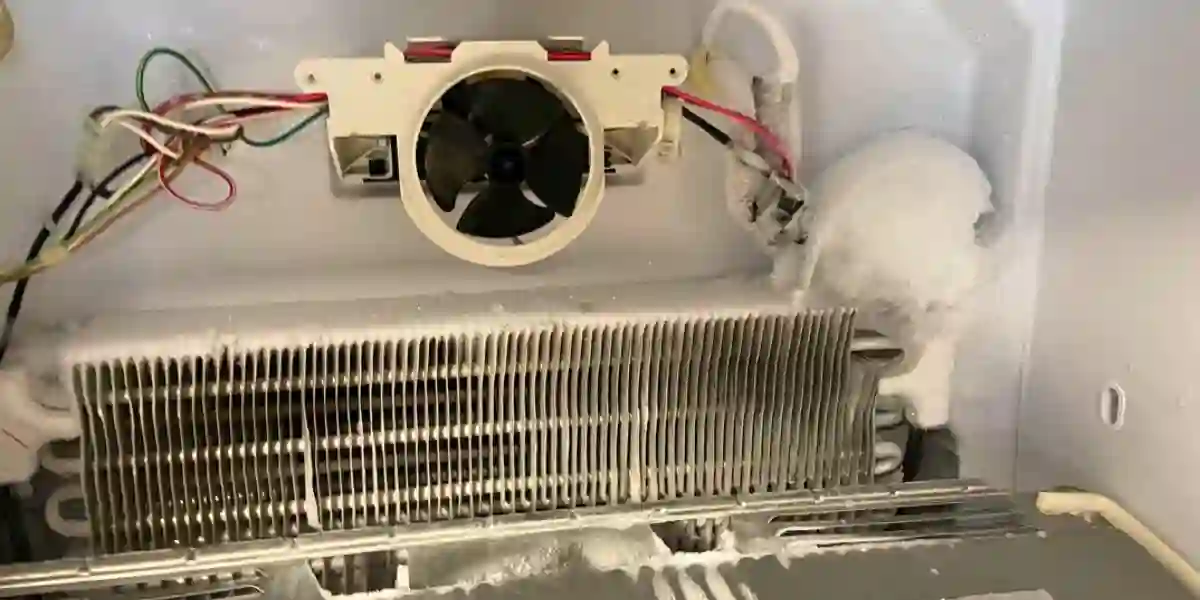
10 Reasons Why the Fan of a Kenmore Refrigerator May Not Work
1. Dirty Condenser Coils
Condenser coils are a critical component of a refrigerator’s cooling system. Their primary function is to dissipate heat as the refrigerant flows through them.
However, over time, these coils can accumulate dirt, dust, and debris, reducing their efficiency in releasing heat.
When the condenser coils are dirty or clogged, the refrigerator may struggle to maintain the desired temperature, causing the fan not to work optimally.
2. Incorrect Temperature Settings
Proper temperature settings are essential for the efficient operation of your Kenmore refrigerator.
The freezer temperature should ideally be set between 0 and 5 degrees Fahrenheit (-18 to -15 Celsius), while the refrigerator temperature should be set between 34 and 40 degrees Fahrenheit (1 to 5 Celsius).
If the temperature settings are incorrect, the refrigerator may not cool as expected, affecting the performance of the fan.
3. Defective Condenser Fan Motor
The condenser fan motor is responsible for drawing air through the condenser coils and over the compressor. This process helps in dispersing heat from the refrigerator.
If the fan motor becomes defective or experiences issues, it may not be able to perform its function effectively, leading to inadequate cooling and ventilation.
To check for a defective motor, inspect the fan blade for any obstructions, and test the motor’s functionality.
4. Defective Evaporator Fan Motor
The evaporator fan motor is another crucial component responsible for circulating cold air throughout the refrigerator and freezer compartments.
This continuous circulation maintains a consistent temperature inside the appliance. If the evaporator fan motor malfunctions, it can disrupt the cooling process, resulting in an ineffective fan.
Ensure that there are no obstructions on the fan blade, and perform tests to evaluate the motor’s condition.
5. Damaged Door Gasket
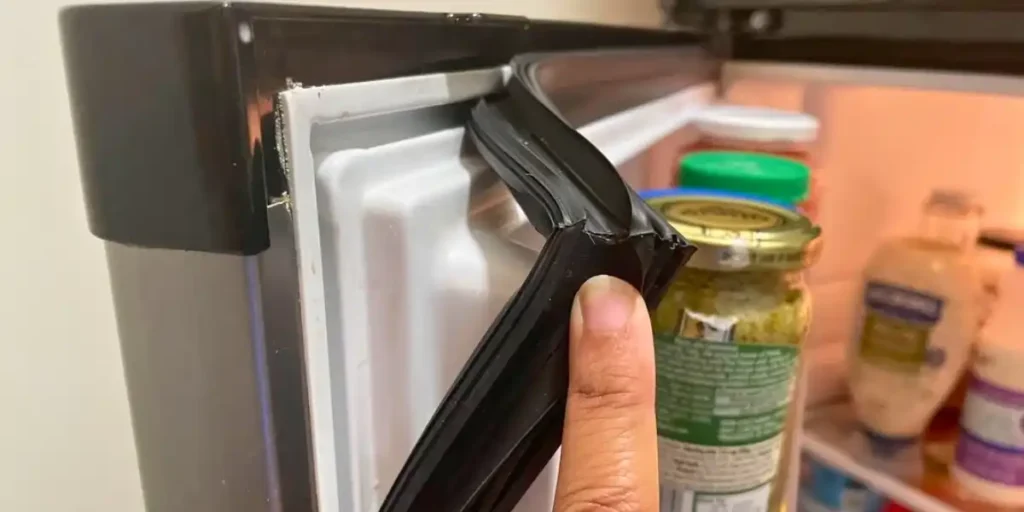
The door gasket is the rubber seal around the refrigerator door that creates an airtight barrier between the interior and exterior of the appliance.
A damaged door gasket, such as tearing or twisting, can create gaps, allowing warm air to enter the refrigerator and compromising its cooling efficiency.
Inspect the door gasket for any visible damage and consider replacing it if necessary.
6. Power Issue
Before diving into complex troubleshooting, always start by checking the basics. Ensure that the refrigerator is correctly plugged in and receiving power from the outlet.
A loose connection or power interruption could be the reason why the fan is not functioning correctly. Verify the power supply to rule out any electrical issues.
7. Dusty Fan Blade
Over time, the fan blade can accumulate dust and dirt due to the constant circulation of air. A dusty fan blade may not spin freely, affecting the overall performance of the fan.
Regularly inspect and clean the fan blade to maintain optimal airflow and cooling efficiency.
8. Obstruction on the Blade
Apart from dust, the fan blade might also encounter obstructions such as food items or other objects.
Any such obstructions can impede the fan’s rotation and lead to inadequate cooling. Always check the fan blade for any foreign objects and remove them to restore proper functioning.
9. Faulty Control Board
The control board is the brain of the refrigerator, controlling various functions, including the operation of the fan.
If the control board is faulty, it may not send the right signals to the fan motor, causing it to malfunction.
Conduct a diagnostic test mode to check if the evaporator fan runs properly. If it does not, the control board may need professional attention or replacement.
10. Break in the Wiring
Inspect the wiring connecting the fan motor and the control board for any breaks or loose connections.
A break in the wiring can interrupt the flow of electricity to the fan motor, leading to its failure. Regularly check the wiring for any signs of damage and fix or replace it as needed.
How to Fix a Non-Working Kenmore Refrigerator Fan?
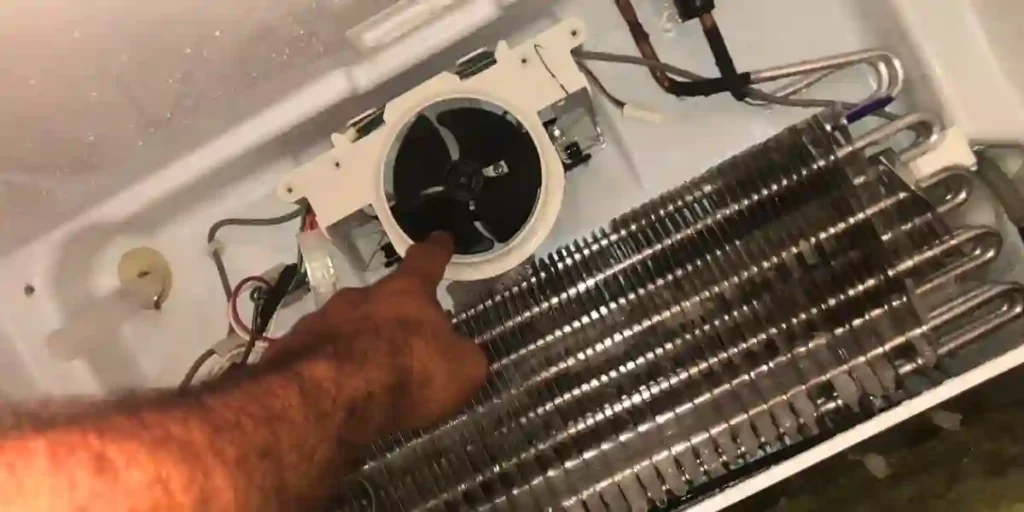
1. Safety Precautions
Before attempting any repairs, unplug the refrigerator from the power source to ensure safety.
Wear protective gloves to shield your hands from sharp edges and components. Safety should always come first in any appliance repair.
2. Identify the Fan Location
Different Kenmore refrigerator models may have the fan located either inside the refrigerator compartment or at the back of the refrigerator, known as the evaporator fan or the condenser fan, respectively.
Understanding the fan’s location is crucial for targeted troubleshooting.
3. Check for Obstructions
An obstructed fan blade can prevent it from spinning properly, leading to a non-working fan.
Inspect the fan blade for any dust, dirt, or other debris that may hinder its rotation. Cleaning the blade carefully using a soft brush or cloth can often resolve the issue.
4. Test the Fan Motor
A non-functioning fan motor could be the root cause of the problem. Manually spin the fan blade and observe its movement.
If it doesn’t spin freely or seems to encounter resistance, there might be an issue with the fan motor. In such cases, consider replacing the faulty motor with a new one.
5. Check the Wiring
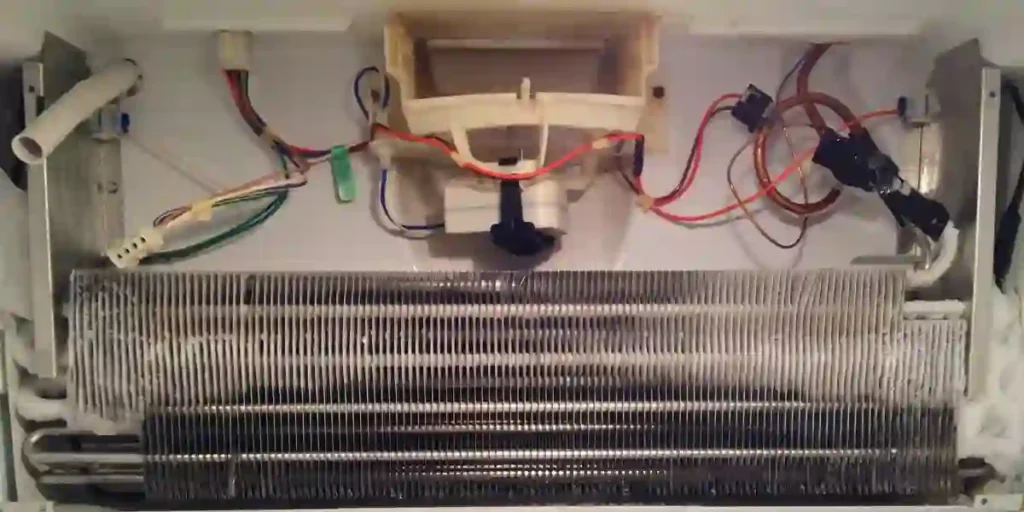
Faulty or loose wiring connections can disrupt the fan’s operation. Examine the wiring near the fan motor and the control board for any signs of damage or loose connections. Securely fasten any loose wires and replace any damaged ones.
6. Inspect the Control Board
The control board governs various functions of the refrigerator, including the operation of the fan. Inspect the control board for any burnt marks or signs of damage. A faulty board may require professional repair or replacement.
7. Verify the Defrost Timer
A defective defrost timer can impact the fan’s functionality. The defrost timer ensures proper operation of the refrigerator’s defrost cycle.
If the defrost timer is malfunctioning, it can lead to cooling issues, affecting the fan’s performance. Test the timer or seek professional assistance to diagnose and fix any issues.
8. Examine the Temperature Control Thermostat
The temperature control thermostat regulates the refrigerator’s internal temperature. If it malfunctions, it may not signal the fan to operate when needed, affecting cooling efficiency. Test the thermostat’s functionality or consider replacing it if necessary.
9. Clean the Condenser Coils
If the condenser fan is not working, check and clean the condenser coils. Over time, these coils can accumulate dirt and dust, hindering heat dissipation and impacting the fan’s operation. Regular cleaning can improve cooling efficiency.
10. Replace Faulty Fan Motors
If all other components are in working order, but the fan motors are beyond repair, it may be necessary to purchase compatible replacements. Be sure to follow the manufacturer’s instructions for installation.
Factors Affecting Kenmore Refrigerator Fan Performance
1. Temperature Settings
The temperature settings significantly influence the performance of the Kenmore refrigerator fan.
If the freezer and refrigerator temperatures are set too high or too low, the fan may not operate optimally.
Incorrect settings can lead to overworking the fan, affecting its longevity, or cause inadequate cooling, resulting in temperature fluctuations within the refrigerator.
2. Airflow Restrictions
Blocked air vents or clogged condenser coils can create restrictions in the airflow, impeding the fan’s ability to circulate air efficiently.
When air cannot move freely, the refrigerator may struggle to maintain consistent temperatures, and the fan may have to work harder, leading to increased wear and tear on the motor.
3. Condenser and Evaporator Fan Motors
The proper functioning of the condenser fan motor and evaporator fan motor is crucial for the refrigerator’s cooling performance.
If either of these motors becomes defective, the fan may not circulate air as required, leading to cooling issues.
Regular maintenance and timely replacement of faulty fan motors can ensure optimal performance.
4. Dirty Condenser Coils
Over time, condenser coils can accumulate dust and dirt, hindering the heat dissipation process.
When these coils are dirty, the fan may struggle to cool the refrigerator effectively, causing longer cooling cycles and potential temperature imbalances.
5. Defrost Cycle
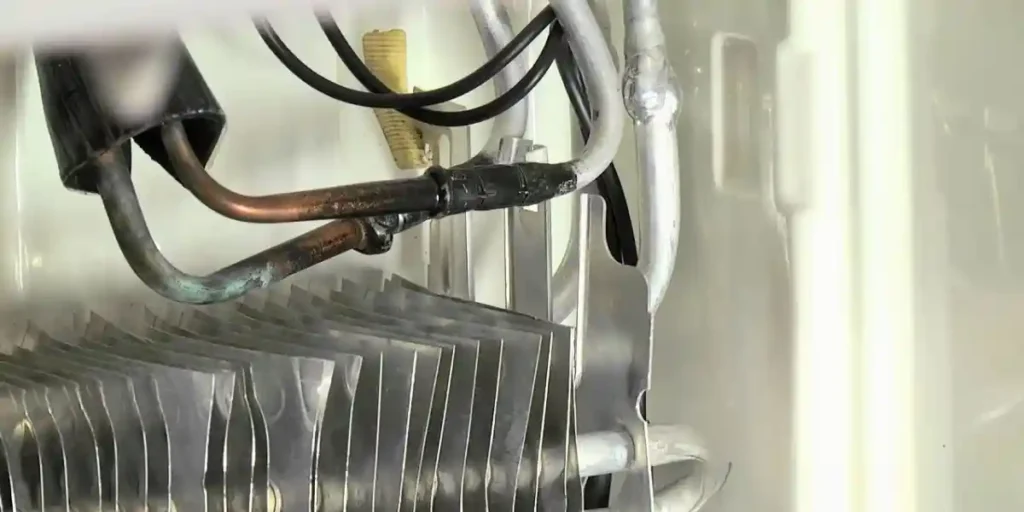
A malfunctioning defrost cycle can adversely affect the fan’s functionality. If the defrost cycle doesn’t operate correctly, excess frost may build up on the evaporator coils, obstructing airflow and impacting the fan’s ability to circulate cold air.
6. Door Seal
The door seal, also known as the gasket, is responsible for creating an airtight seal when the refrigerator door is closed.
A damaged or worn-out door seal can lead to air leaks, allowing warm air to enter the refrigerator.
As a result, the fan may need to work harder to compensate for the temperature changes.
7. Control Board
The control board acts as the brain of the refrigerator, controlling various functions, including the fan’s operation.
If the control board malfunctions or develops faults, it can disrupt the fan’s operation, leading to cooling irregularities.
8. Power Supply
The power supply to the refrigerator is essential for the proper functioning of all components, including the fan.
Inconsistent or unstable power supply can cause intermittent issues with the fan’s operation.
9. Environmental Conditions
Environmental factors, such as ambient temperatures and humidity levels, can influence the refrigerator’s cooling efficiency and affect the fan’s performance.
Extreme temperatures or high humidity may pose challenges for the fan to maintain the desired temperature.
10. Refrigerator Age and Maintenance
The age of the refrigerator and the maintenance it receives can impact the fan’s performance over time.
Regular maintenance, such as cleaning coils, inspecting fan motors, and replacing worn-out components, can help ensure the fan operates at its best.
FAQs
Why is my Kenmore refrigerator fan not working?
Possible reasons include dirty condenser coils, defective fan motors, incorrect temperature settings, or issues with the control board.
Can I fix the fan myself?
Some troubleshooting steps are safe to try, but complex repairs are best left to trained technicians.
How often should I clean the condenser coils?
Cleaning every 6 months is recommended to maintain optimal cooling efficiency.
Why is airflow important for the fan?
Proper airflow ensures even cooling throughout the refrigerator, preventing hot spots and spoilage.
Can high humidity affect the fan’s performance?
Yes, high humidity can strain the fan’s ability to cool, so keeping the refrigerator in a dry location is beneficial.
Conclusion
A non-working Kenmore refrigerator fan can be a frustrating issue, but with a better understanding of the factors affecting its performance, you can troubleshoot and address the problem effectively.
Checking temperature settings, ensuring proper airflow, and maintaining fan motors and components are essential steps in resolving fan-related issues.
Regular maintenance and addressing potential problems promptly can prolong your refrigerator’s life and keep it running efficiently.
Remember to follow safety precautions when attempting any repairs, and don’t hesitate to seek professional assistance if needed.
With proper care and attention, your Kenmore refrigerator fan will be back to keeping your food fresh and your beverages cold in no time.
Resources:
1. https://www.repairclinic.com/RepairHelp/How-To-Fix-A-Refrigerator/51-6–/Kenmore-Refrigerator-Not-Cooling
